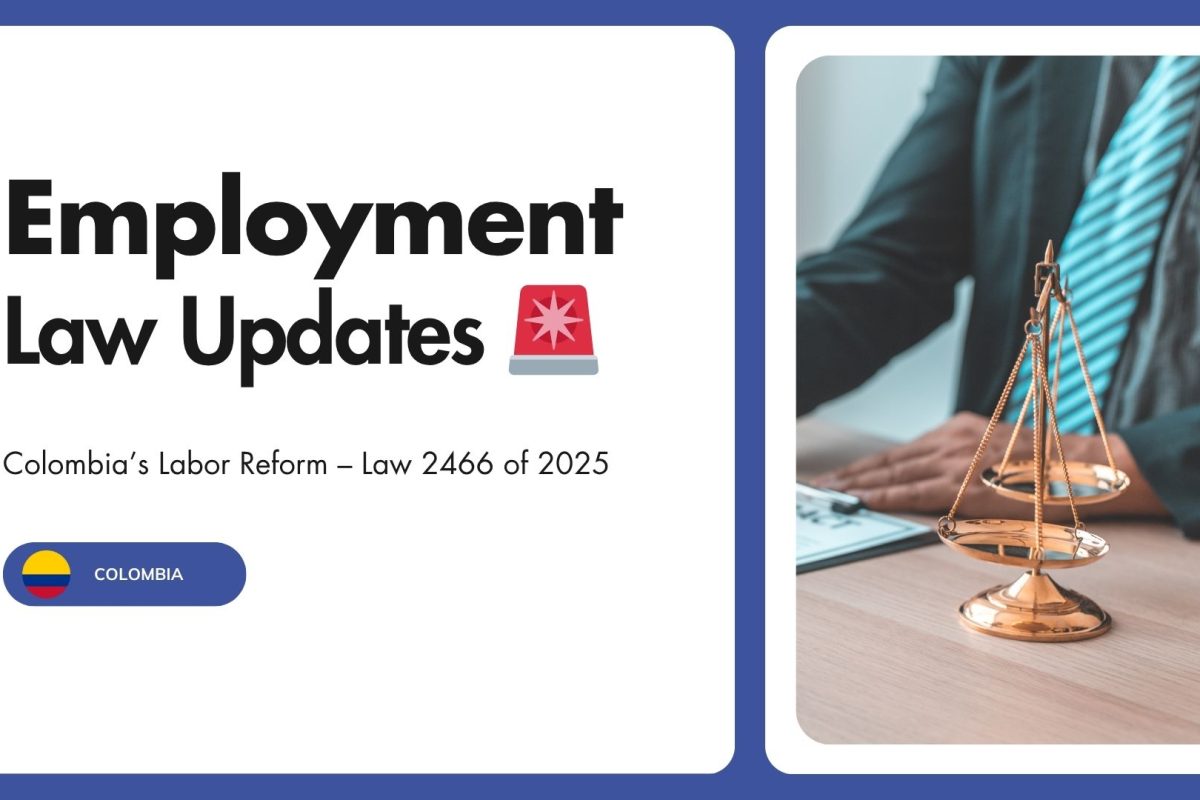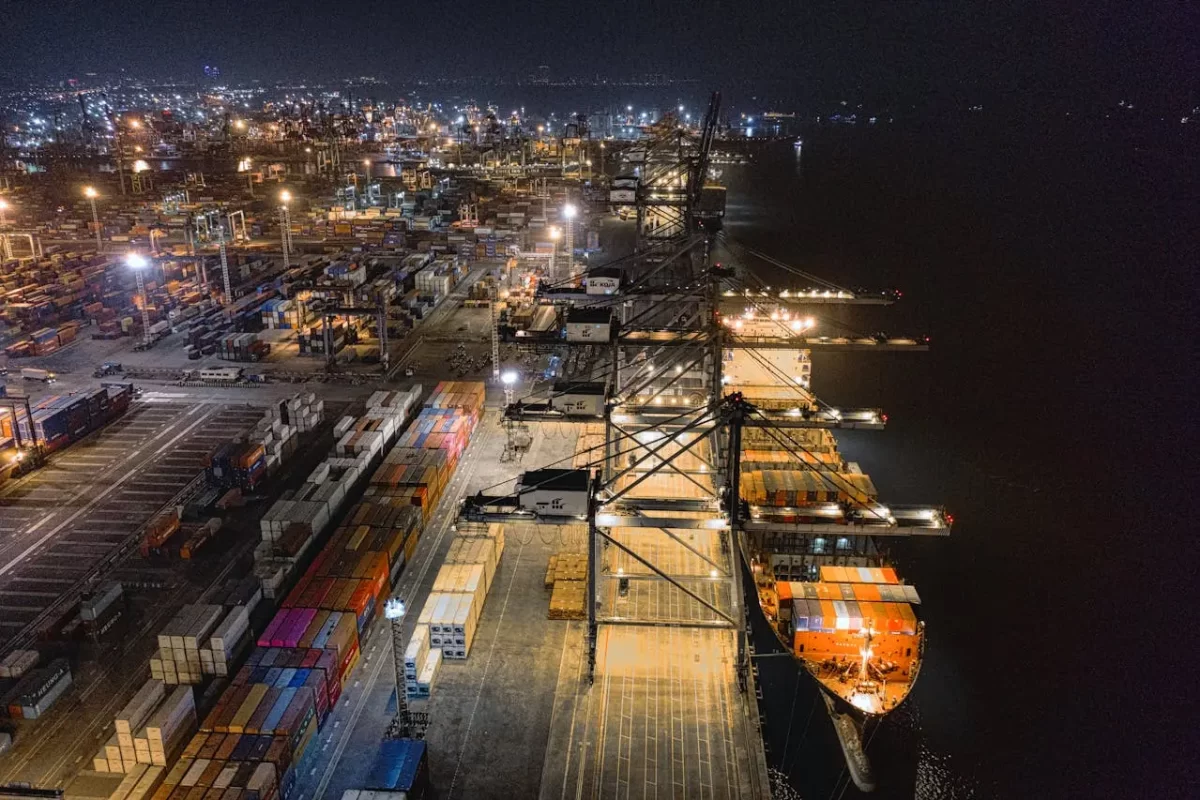LATAM in 2026: What Employers Need to Watch
Latin America is entering 2026 with change on the horizon. Employers across the region will face new rules, evolving workforce expectations, and opportunities to expand in dynamic markets. From tax reforms to labor law shifts, businesses cannot afford to wait and see. They must prepare now to stay compliant, competitive, and resilient.
In this article, we explore the key developments shaping employment, payroll, and compliance across LATAM in 2026. Each section provides practical insights to help employers adapt early and make smarter decisions.
Brazil’s Tax Reform: A Game Changer for Employers
Brazil is famous for its complex tax system. That reputation is about to change, at least partly. In 2026, the country will begin implementing its long-discussed tax reform. The reform introduces a new dual VAT model, combining the IBS (Imposto sobre Bens e Serviços) and CBS (Contribuição sobre Bens e Serviços).
For employers, this shift means three things. First, payroll and HR teams will need to adjust reporting processes. Second, pricing strategies must be reviewed because indirect tax costs will look different. Third, multinational groups must align global accounting systems with Brazil’s new framework.
Transition rules will apply over several years. Yet employers should not wait. Early adaptation reduces errors, fines, and compliance risks. Training HR and finance teams now will make 2026 smoother.
Colombia’s Workweek Reduction: Planning for Productivity
Colombia is in the middle of a historic labor reform. By July 2026, the legal workweek will fall from 44 to 42 hours. Employers must prepare for reduced schedules without reducing productivity.
This change impacts overtime costs, staffing models, and scheduling software. Employers who adapt creatively can turn reform into an advantage. Offering flexible work arrangements, investing in automation, and reskilling employees will keep operations efficient.
The Colombian reform also reinforces protections against harassment and clarifies telework rights. Employers should update internal policies, contracts, and training to match the new standards.
Mexico’s Labor Reforms: A Focus on Worker Rights
Mexico has been at the center of labor debate in recent years. In 2026, three issues stand out.
First, the proposed 40-hour workweek could move forward. Although full adoption may take years, companies should plan for a phased reduction.
Second, reforms continue to target platform workers. Delivery drivers and ride-share contractors are gaining access to health benefits, paid leave, and pensions. Employers in the gig economy must follow these developments closely to avoid misclassification risks.
Third, Mexico enforces strict rules on bonuses and benefits. The aguinaldo remains mandatory, but legislators are considering extending benefits in line with international standards. Preparing accurate payroll simulations will help employers avoid cash flow surprises.
Peru: Collective Rights and Wage Trends
Peru is also entering 2026 with changes in sight. The government’s “early agenda” for labor reform includes strengthening union rights, regulating strikes, and addressing independent contractors. Employers should expect more collective bargaining and stricter rules for dispute resolution.
At the same time, the minimum wage rose recently and may rise again. This impacts payroll budgets, especially in industries with large workforces. Employers must plan ahead by simulating payroll increases under different scenarios.
Peru’s system of 13th and 14th salaries also remains unique. Employers must budget for these bonuses well in advance to manage year-end obligations.

Streamline Your Expansion with EOR Services in LATAM
Expand across Latin America effortlessly with our Employer of Record (EOR) services. We handle compliance, payroll, and employee management, ensuring smooth operations while you focus on growing your business.
Costa Rica: Remote Work From Abroad
Costa Rica has embraced flexible work. A recent reform allows employees to telework from abroad with proper agreements. This move sets a precedent in the region. Employers now need policies that cover remote compliance, tax residency, and cross-border benefits.
At the same time, minimum wage adjustments remain frequent. Employers should track updates closely to avoid underpayment claims. Collective rights also remain under scrutiny, with unions gaining more protections against discrimination.
Costa Rica’s approach highlights a trend: governments are adapting to new ways of working. Employers that follow suit will attract and retain global talent more easily.
The Rise of Equal Pay and Transparency
Beyond individual reforms, a regional trend is clear: transparency. Brazil now requires large companies to publish pay gap reports. This signals a shift toward public accountability in HR practices. Other countries may follow.
Employers must act before legislation spreads. Conducting internal pay audits, reviewing job descriptions, and standardizing salary structures will reduce future risks. Employees increasingly value transparency, and compliance can become a competitive advantage.

Payroll Digitalization Across LATAM
Governments across LATAM are pushing digital systems. Brazil has eSocial, Mexico uses CFDI electronic invoicing, and other countries are following.
For employers, digitalization means real-time reporting, stricter deadlines, and reduced tolerance for errors. At the same time, it creates opportunities. Companies that integrate digital payroll systems early can cut admin time, reduce fraud, and increase employee satisfaction with faster processes.
Investing in payroll technology is no longer optional. It is a survival tool for compliance in 2026 and beyond.
The Compliance Burden for Multinationals
Employers operating in multiple LATAM countries face one big challenge: fragmentation. Each jurisdiction has unique rules, deadlines, and penalties.
In 2026, this challenge will grow as new reforms take effect. Multinationals must streamline operations. Using Employer of Record (EOR) services or regional payroll partners can reduce complexity. The goal is to ensure consistency while staying compliant locally.
Employers should also focus on cultural adaptation. Compliance is not just about laws; it’s also about workplace culture, benefits expectations, and employee experience.
Workforce Expectations in 2026
Employers should not underestimate employee expectations. Workers in LATAM want flexibility, fair pay, and stability. Reforms like shorter workweeks and equal pay reports align with these expectations.
Companies that embrace these changes will attract top talent. Those that resist will face higher turnover, weaker engagement, and reputational risks.
Offering wellness benefits, training, and flexible policies is no longer a bonus. It’s becoming the baseline for competitiveness in LATAM.
The Bigger Picture: ESG and Sustainability
Finally, ESG is entering labor discussions in LATAM. With COP30 in Belém, Brazil, global attention is turning to sustainability in the region. Employers must align HR and payroll practices with broader ESG commitments.
Sustainability reporting will soon cover not only environmental impact but also social and workforce practices. Equal pay, diversity, and safe working conditions will be measured and published. Employers must be ready.
Conclusion: Preparing for 2026
2026 will not be business as usual in Latin America. Employers face major reforms in Brazil, Mexico, Colombia, Peru, and Costa Rica. Transparency, digitalization, and workforce well-being will define compliance strategies.
The good news? With preparation, companies can turn these changes into opportunities. Strong payroll systems, proactive policy updates, and flexible hiring strategies will help employers stay ahead.
At Europortage, we guide businesses through complexity. From payroll outsourcing to Employer of Record services, our team ensures compliance while letting you focus on growth.
The message for 2026 is clear: anticipate, adapt, and lead.
























































